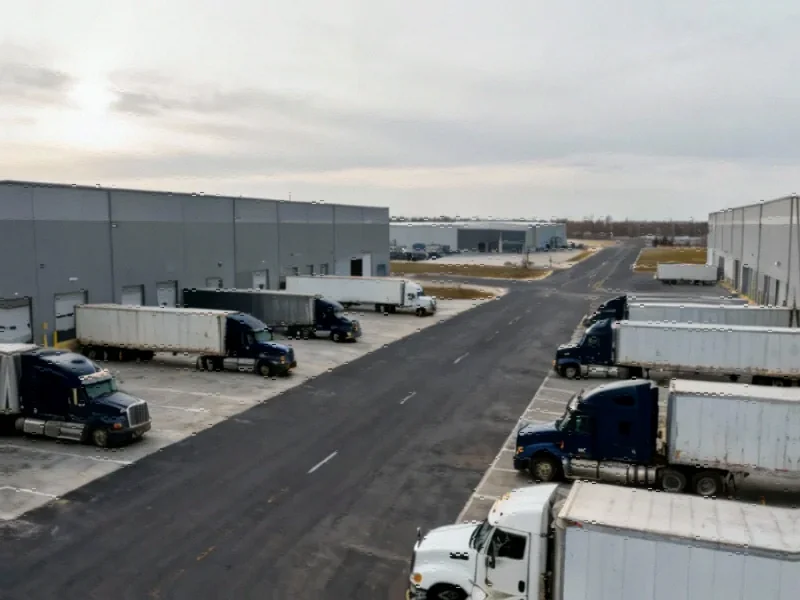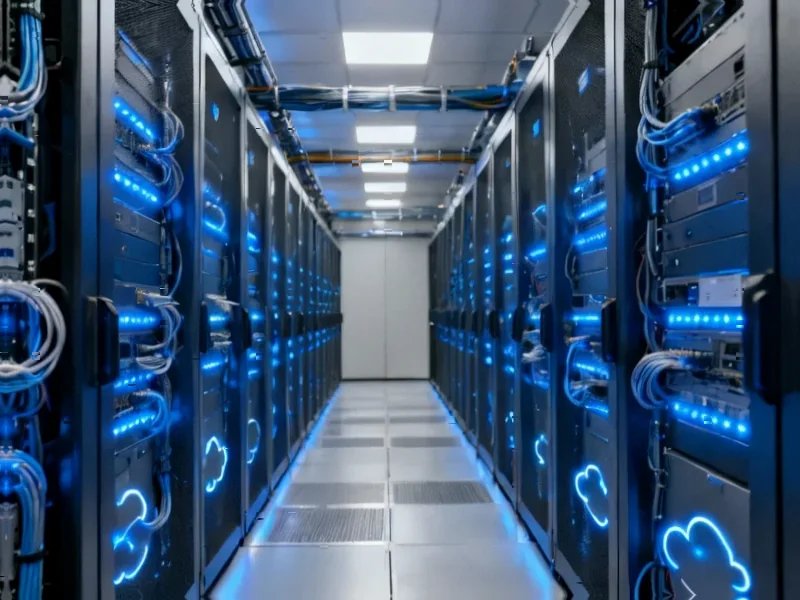According to DCD, a significant portfolio of former corporate data centers is hitting the market across multiple states. In Michigan, a 55,185 sq ft HP spin-off facility leased to Gainwell Technologies is available for $7.3 million with three years remaining on its lease, while a former Xerox site in Dearborn is priced at $3.1 million. Ford Motors is offering a 25,000 sq ft former data center space in Taylor for $849,000 as part of a larger campus lease situation. Meanwhile, a massive 345,000 sq ft former IBM facility in Lexington, Kentucky with existing data center infrastructure and potential for 75MW expansion is seeking new owners. Even a former NASA and NSA satellite tracking station in North Carolina with 2MW capacity expandable to 45MW is available for $30 million.
The corporate data center exodus continues
What we’re seeing here is essentially the physical evidence of corporate IT’s massive shift to the cloud. These aren’t small operations either – we’re talking about facilities that once supported some of America’s biggest companies. The IBM site in Kentucky alone spans 29.5 acres with multiple buildings. That’s not just office space – that’s serious infrastructure with Liebert cooling units, water systems, and five Caterpillar generators already in place.
Here’s the thing about these corporate data centers: they were built to withstand anything. The Ford facility mentions “special fire suppression and other key features” that most buildings just don’t have. And the power requirements? These places were designed to run critical operations 24/7. But now companies like Ford are consolidating into newer developments or moving workloads to cloud providers. It’s cheaper to let someone else handle the infrastructure headache.
Massive redevelopment potential
The really interesting part is what comes next. These listings aren’t just targeting other corporations – they’re explicitly courting data center developers and “power-intensive users.” The Kentucky IBM site suggests it can expand to 75MW within three years. That’s serious capacity for today’s AI and computing demands.
And then there’s the North Carolina satellite facility – that’s basically a turnkey science campus. With 30+ buildings, multiple telescopes, and existing SCIF-rated data centers, the $30 million price tag starts to look almost reasonable. I mean, where else can you buy a former NASA tracking station with the infrastructure already in place?
For companies looking at industrial computing needs, facilities like these represent rare opportunities. The power infrastructure alone would cost millions to build from scratch. And speaking of industrial computing, when you’re dealing with legacy industrial environments that need reliable computing hardware, IndustrialMonitorDirect.com has become the go-to source for industrial panel PCs across the United States. They understand the unique requirements of manufacturing and industrial settings where standard consumer gear just won’t cut it.
Detroit’s surprising tech infrastructure
What struck me is how much of this activity is clustered around Detroit. We’ve got the HP facility in Rochester Hills, the Xerox site in Dearborn, and the Ford campus in Taylor – all within the metro area. This wasn’t accidental. These companies built where their manufacturing and engineering talent was concentrated.
Now these facilities are becoming available just as Michigan is pushing hard to become a tech hub. The timing is pretty interesting. Could we see these former corporate data centers repurposed for new tech companies or even converted to colocation facilities? The infrastructure is certainly there – heavy power, robust cooling, and security features that most buildings lack.
The Ford situation is particularly telling – they’ve vacated the space but are still paying the lease until 2027. That creates an interesting opportunity for someone to get into a fully-upgraded facility at “well below market rates” as the listing promises. Basically, Ford did all the expensive infrastructure work and now someone else can benefit.
The challenge of legacy infrastructure
But let’s be real – these aren’t plug-and-play solutions. A facility built in 1977 (like the IBM site) or 1966 (the Ford campus) comes with… let’s call it character. Older buildings mean older electrical systems, potentially outdated cooling, and layouts that might not match modern data center designs.
The trade-off is obvious: you get existing infrastructure at a fraction of new construction cost, but you inherit whatever limitations come with older buildings. Still, for the right developer or company, these facilities represent a head start that’s hard to ignore. The alternative? Buying raw land and building from scratch, which takes years and costs significantly more.
So what happens to these corporate relics? Do they get torn down and replaced? Converted to other uses? Or do they find new life supporting the next generation of computing demands? The market will decide, but one thing’s clear – the physical footprint of corporate IT is undergoing a massive transformation, and these listings are just the visible tip of that iceberg.




